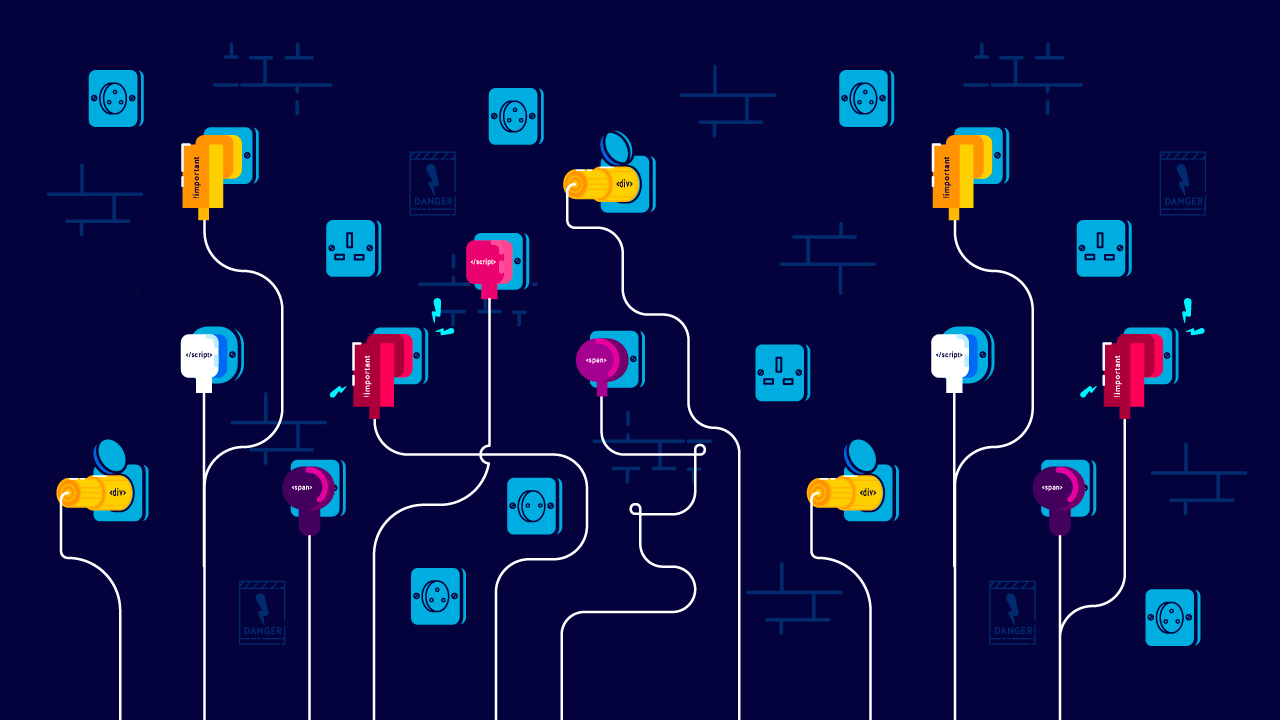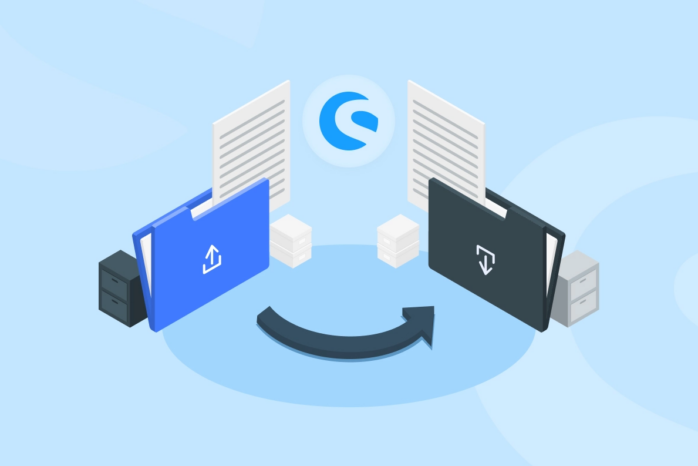Businesses must adapt to remain ahead as technology evolves swiftly. E-commerce platforms illustrate this. If you’re contemplating a 2023 Shopware migration from another platform, you’re in the perfect location.
This step-by-step tutorial will help you migrate to Shopware without disrupting your online company.
Step 1: Evaluate Your Current E-commerce Setup
Evaluating your e-commerce platform is the first step in any transfer. Know its pros and cons.
List your Shopware migration goals and objectives. This assessment will help you create migration objectives and inform the next stages.
Step 2: Choose the Right Shopware Version

Shopware may have released updated versions with greater features and functionality in 2023.
Choose Shopware that fits your company’s needs and development ambitions. Consider scalability, performance, plugins, and system compatibility.
Step 3: Create a Comprehensive Migration Plan
Create a thorough migration strategy after you’ve chosen the desired version. A timetable, significant checkpoints, obligations, and possible dangers should all be included in this strategy.
Work together with your internal teams and any external partners engaged in the migration to make sure everyone is aware of their responsibilities and is on the same page.
Step 4: Backup Data
Make sure you have a reliable backup of all your current data before starting the transfer procedure.
This comprises all crucial data pertaining to your online shop, such as product information, client information, orders, etc.
Data backup is a preventative technique to defend against any unanticipated problems with the transfer.
Step 5: Shopware Environment

Next, configure Shopware. Choose a compatible hosting provider. Configure Shopware on the server for your company. Before launching, test in a staging environment.
Step 6: Data Migration
Migrating data is crucial. This process may take longer depending on your platform’s sophistication and the quantity of data to transmit.
Make sure Shopware gets all your product, customer, order, and other data. After migration, check data integrity and consistency.
Step 7: Design and Theme Configuration
Shopware offers a variety of pre-installed themes and customization possibilities.
Create a one-of-a-kind and interesting online shop by customizing a theme that complements your business identity.
To provide a smooth user experience, make sure the design is responsive and optimized for all devices.
Step 8: Integration of Plugins and Extensions

Shopware provides a large selection of plugins and extensions to improve your online store’s operation.
Integrate the required plugins to add features like payment gateways, shipping choices, SEO optimization, and more according to your needs.
Step 9: Test again and again!
To make sure everything is operating as planned, careful testing is essential. Test the whole website, including the product pages, checkout process, shopping cart, user registrations, and any customized features.
Find and fix any defects or problems that may appear during testing.
Step 10: Go Live and Monitor
Go live with your new Shopware shop after testing and making any required changes.
To discover and resolve teething difficulties, regularly monitor its performance in the early days.
To evaluate the migration, track website traffic, user activity, and purchases.
Step 11: Prepare Your Group

Finally, teach your staff members how to successfully use and maintain the new Shopware platform.
Give them the tools and information they need to manage daily operations with ease.
Conclusion
Shopware can transform your e-commerce company in 2023. This step-by-step guidance ensures a seamless relocation.
Remember to examine your present setup, pick the proper version, establish a complete strategy, back up your data, set up the Shopware environment, migrate your data, customize the design and theme, integrate plugins, test thoroughly, and educate your employees.
With proper planning and execution, your firm may flourish on the new platform, improving client purchasing experiences and laying the groundwork for growth.



















